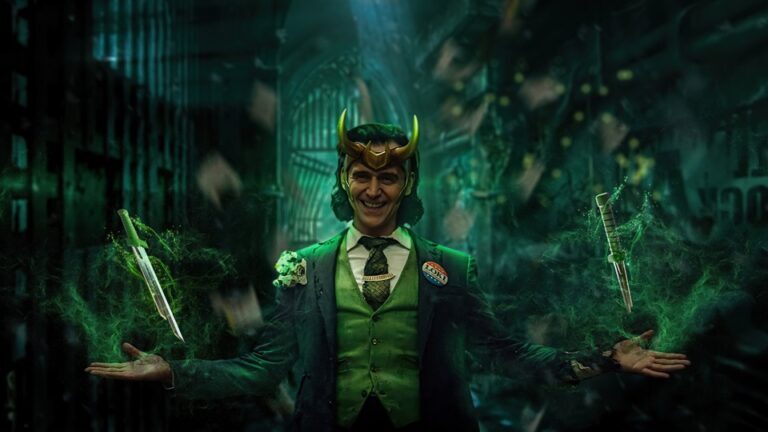- cross-posted to:
- film_tv_media@lemmygrad.ml
- cross-posted to:
- film_tv_media@lemmygrad.ml
cross-posted from: https://lemmygrad.ml/post/5239214
Here is the second part:
mentioning a Marvel property, even in passing
Please don’t
He kinda hates Marvel movies.
mentioning George Galloway
Uhhhh please don’t!
Tbf, I didn’t like that part.
Luckily, the IOF is doing valuable investigative journalism by posting all their War Crimes straight to Tik Tok.
That sounds terrifying, tbh
that they would do that…
Article has a few issues, but it’s pretty alright and has an interesting subject matter.
From the article:

The New York Times: Is any of their news fit to print?
There was a time, before Postmodernism had atrophied and before it simply became a formal textual strategy for ignoring what is going on in the world, when one of the early postmodern bywords “reflexivity” connoted a kind of fun and carefree field of play with a satirical overtone that made all kinds of intertextual relations possible. In today’s media field, however, reflexivity is a trick used to seal the discussion and make sure that the limited media parameters of discourse are never breached. In literature there is the rise of narcissism in autofiction (Karl Ove Knausgård’s A Death in the Family) or of an infinite play of incestuous signifiers in metafiction (Mark Haddon’s The Curious Case of the Dog in the Night).
In film and television the earlier exposure of the wires of the cinematic apparatus has given way to complexification as a trope that conceals the fact that there is no actual referent outside the apparatus. Thus, Marvel’s Loki maps the possibilities of the online world of diverging timelines which do nothing but reify and promote Facebook’s virtual and now failing (as is the Marvel formula) Meta World.

Loki and Meta World, limited, not infinite
This predilection, though, is most overwhelmingly dominant in the mainstream corporate media’s coverage of what is happening in Gaza. The New York Times continually uses the trick of linking as an assertion of proof to stories by…The New York Times. A recent article purported to be perplexed at, despite the supposed groundswell and its attendant pressure, why the Writer’s Guild had not condemned the October 7 uprising. However, the “groundswell” and the pressure was mainly coming from…The New York Times. The media bubble validates itself and makes it seem that it is part of an overall movement when in fact the stories are originating from the same source or sources, all behind a hermetically sealed bubble.
Reflexivity, no longer a playful and potentially satirical device, has hardened into simply a means of a minority maintaining power and acting like they are the majority, as now the majority of the people in the U.S., from no matter what party, favor a ceasefire in Gaza. That fact is seldom acknowledged in the corporate media bubble as CNN initially forbade the word “genocide” from ever being emitted on its soundstages and as the New York Times in a memo to its staff equally forbid “genocide” as well as “ethnic cleansing” and “occupied territory.”
Those words were only then adopted and in a limited and “italicized” format when it became clear that the overwhelming majority of the American public, the media audience, was resisting the one-way coverage. The boundary around which “civilized” media discussion is permitted is sometimes called The Overton Window.

The news not fit to print
The window may shift depending on public opinion, but there are narrow limits beyond which corporate media will not allow. To suggest, for example, that October 7 was not a terrorist attack but rather, as George Galloway described it on YouTube, “a prison breakout,” or to point out that Joe Biden soiled himself as he used D-Day to campaign for more war or that Biden’s emergency aid port in Gaza was used by the Israelis in a mass slaughter in Gaza where the Israelis, besides killing and wounding over 1000 people, freed four hostages but killed three others—all these are outside the window. If they do make their way into corporate media coverage they do so as an aside dropped in in the middle of a discourse that rationalizes the other actions: i.e., D-Day, where the Germans, the cause of the invasion, are invited, and the Russians, who largely rid Europe of the Nazis, are not, is a glorious event; that Biden’s port is a humanitarian endeavor; and that the “daring” Israeli raid was a courageous act akin to the Mossad’s freeing of the hostages at Entebbe instead of a war crime. The Times will often back track as they did on the Israeli attack on the Palestinian camp in the hostage release story and the next day ‘reassess” what actually went on but the impression is formed in the first 24-hour news cycle and if, as in this case, the media files an assessment the next day, it is then countered, as was this story, a day later in a return to the “heroic” tale, most likely after the outlet has been chastised by its State Department masters. The Overton Window in the case of coverage of Gaza is an Israeli Iron Dome through which little alternative coverage penetrates.
This hardening of reflexivity is a corporate industrial response aiding in producing the news in the 24-hour cycle in a time of tight budget cuts. Ironically, by the laziness and abject compliance of this reporting in its refusing to move outside the acceptable window, this trend may be hastening the coming of Artificial Intelligence as a way of replacing the human element altogether in the manufacturing of news.
The perversion of reflexivity: Bounded in a nutshell but king of infinite space
The coalescing of self-referential trends in post-modern thought was outlined in Robert Stam’s Reflexivity in Film and Literature in 1985. Stam’s work, describing what he termed this “other tradition,” drawing on literary texts including Rabelais, Lawrence Sterne and his “Urtext” Cervantes’s Don Quixote, focused attention on the process of “the construction of the fictive ‘world’ through writing [and no longer] through consciousness.” Besides the playful aspect of these references, Stam argued that the political thrust of this tradition carried forward most notably by Brecht and which in film and literature has continued to expand, is that by “drawing attention to the process of the construction of the fictive world,” these works “lay bare the material construction of the text.” By pointing to their own textual constructs they “break with art as enchantment.”
The argument is that reflexive examples—and in cinema Stam’s Urtexts are by Jean-Luc Godard—“interrupt the flow of narrative in order to foreground the specific means of literary and filmic production through such methods as “narrative discontinuities, authorial intrusions, essayistic digressions, stylistic virtuosities.” The accumulation of these strategies is “playful, parodic and disruptive,” demystifying “our naïve faith in fictions while opening up new vistas for literary and cinematic expression as a whole in a double movement of “celebratory fabulation and demystifying critique.”
Stam’s argument is highly nuanced, acknowledging that there is a perennial tension between illusionism, though here presented negatively as “substantiated fact,” and reflexivity which “points to its own mask and invites the public to examine its design and texture.” He is aware also of the fact that “the reflexivity of a certain avant-garde is eminently co-optable and easily reappropriated by the hegemonic culture” and that forms of television reflexivity including commercials and that employed by the direct address of the audience by TV news “rather than trigger alienation effects” “often simply alienate.”
The book’s appearance in the mid-80s came at the time when these techniques were passing over into the mainstream, being employed on network TV, for example, in the constant debunking of the staid devices of late night talk shows by NBC’s David Letterman and Showtime’s meta series It’s Gary Shandling’s Show about a comedian named Gary Shandling who lived in Sherman Oaks with actual friends and neighbors such as Tom Petty popping in to say hello.
More in the link above and the second part too.




